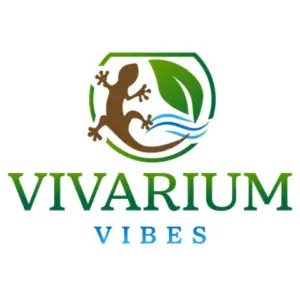This page may contain affiliate links that allow us to make a small commission from qualifying purchases (at no extra cost to yourself). We appreciate your support.
Arium is a Latin suffix that means container. This clues you in to the fact that Terrarium, Vivarium, Paludarium, and all the other Ariums are basically containers that each support different kinds of life, whether it is animals, plants, etc. So, what is the difference between all of the different Ariums?
Ariums have different designs. Terrariums are land enclosures containing soil and plants. Vivarium enclosures are similar to terrarium enclosures, except they also contain a living element like an animal. Paludarium enclosures are mostly land and plants with a small amount of water. There are other Ariums.
There are different enclosures for reptiles, insects, amphibians, etc., that all end with the suffix Arium. They can get confusing when you’re not quite sure what kind of setup each Arium consists of. Furthermore, there can be some overlap between the different Ariums. Fear not, as all the information you need to know about Ariums will be provided below.
Terrarium Vs. Vivarium Vs. Paludarium
I’m sure most of us have heard of the fancy enclosure terms that get tossed around a lot. However, it is essential to know the differences between them, especially when designing an enclosure, as the type you choose will impact whatever you decide to enclose. Therefore, what is the purpose of each of these Ariums?
What Is A Terrarium?
This type of Arium is usually well-known as it happens to be the opposite of another kind of Arium, an Aquarium. This is because the root word terra means land or earth in Latin. Therefore, it only makes sense that a Terrarium is an enclosure completely dominated by land.
A Terrarium typically only has plants and soil. Sometimes people will refer to enclosures that contain animals as terrariums or “animal terrariums”. Although technically inaccurate, as this would fall under the term “Vivarium”, it may be something you hear from time to time or see in some of my other articles.
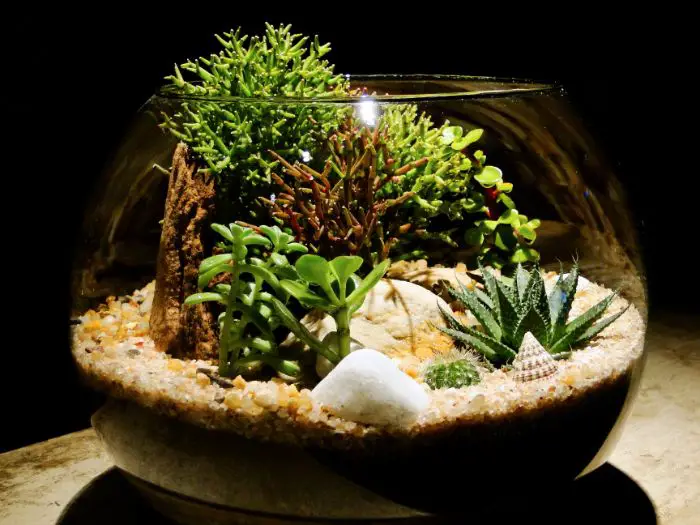
Terrariums are enclosures that are meant to grow plants and replicate a mini-ecosystem. Check out my article here to determine how many plants you can fit in your terrarium. Succulents, pint-sized plants, air plants, and mini-cacti are possible terrarium plants.
Terrariums are usually set up in some sort of glass container that is transparent. The base of a Terrarium will be made of small stones or pebbles. These serve as water drainage for the plant roots, preventing excess water from remaining in the soil. An important layer will be potting soil. Any soil should suffice, though some plants need a unique potting mixture.
Although a Terrarium is often in a sealable glass container containing soil and plants, Terrariums can be left open rather than sealed. A closed Terrarium provides a unique environment for plant growth. The translucent walls let heat and light penetrate while the oxygen is kept in and moisture gets recycled.
Terrariums are frequently retained as ornamental or decorative items. Simply put, a Terrarium is similar to an Aquarium. However, it contains plants rather than fish. This type of Arium is generally a man-made enclosure for little house plants.
What Is A Vivarium?
Above, it was mentioned that having any animal in the enclosure instead of just plants meant that the enclosure was technically not a Terrarium. This is where Vivarium comes in. The root word viv in Vivarium means alive or living. This is the key difference between a Terrarium and a Vivarium.
Terrariums are only land or earth and plants, whereas Vivariums are plants and animals. The Vivarium enclosures are dominated by plants with the addition of a bioactive, living element. For example, if you have a setup with soil, plants, and a snake, that is the perfect example of a Vivarium.
Check out my article here containing some great options for vivarium animals!
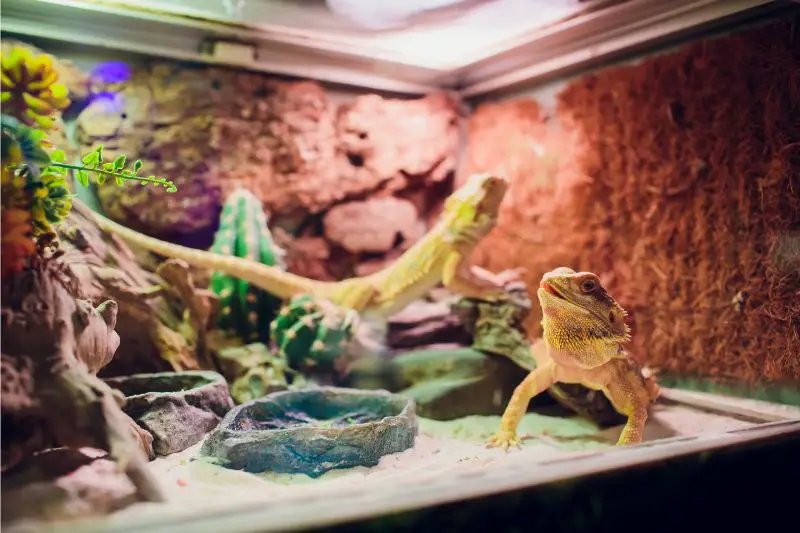
Vivariums have a living element in them, whereas Terrariums don’t. However, the type of setup does not have to be a forest-like setup. It can be dessert-like plants and a living animal. Vivariums can be either tropical or dessert or a combination of both. Openings in Vivariums are almost usually required to provide oxygen to the animals.
The Vivarium is a broad word as living creatures could be just about anything. Generally, Vivariums are enclosed spaces meant to provide a supportive environment for animals and plants to be observed or studied. Interestingly, most other Ariums are a form of Vivarium.
What Is A Paludarium?
Paludariums have risen in popularity lately, and with good reason. They combine the best of both worlds and include features from Terrariums, Aquariums, and often Vivariums as well. This type of Arium has some kind of main water feature due to the root word, palus, meaning swamp.
My personal favorite benefit of owning a Paludarium is that you can choose almost any type of plant or animal to keep in your enclosure. You can have terrestrial plants/animals, aquatic plants/animals, or semi-aquatic plants/animals. The choices are endless!
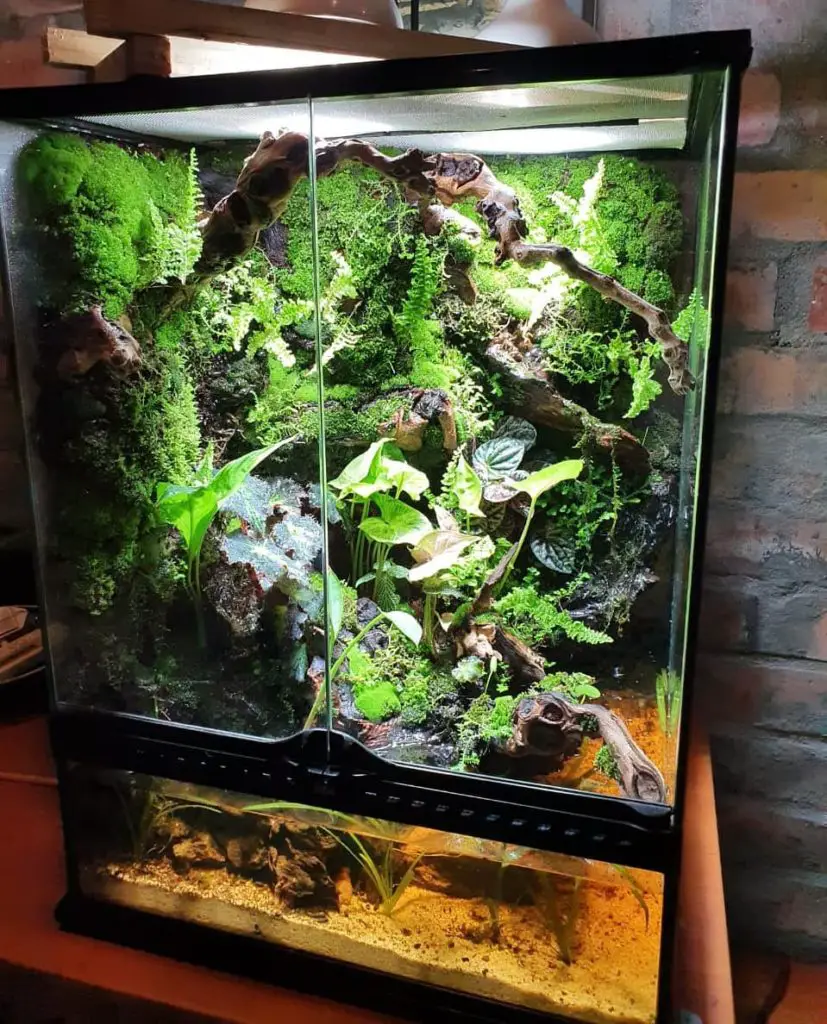
The most popular Paludarium that most people have probably seen, whether in real life or in the movies, is a backdrop of plants like moss, etc., and at the bottom is a pond-like or a small aquatic-like area. This makes it a great enclosure for amphibians, such as frogs, as they need a lot of moisture to thrive.
Check out my article here for some other great choices for Paludarium pets!
A Paludarium can be considered a more water-intensive Terrarium as it tends to replicate the kind of environment found in rainforests or wetlands. Roughly 80% of a Paludarium is typically land based, with 20% water. Therefore, Paludariums will have plants that one will typically see on river banks, etc.
A Paludarium, also known as an aqua Terrarium or waterfall Aquarium, is a hybrid of an Aquarium and a Terrarium. Paludariums are mainly used as a habitat for amphibious species like frogs but also for turtles. Typically, an aquatic section meets an area of land.
What Other Ariums Are There?
Apart from the three Ariums mentioned above, there are several other Ariums that one can decide to build. Here are some of the other Ariums that you should know about.
What Is An Aquarium?
This is a very well-known term that many people know and that many learn first when it comes to Ariums. The root word for this Arium is aqua, which means water. Therefore, it is no surprise that the Arium Aquarium is a water-based enclosure.
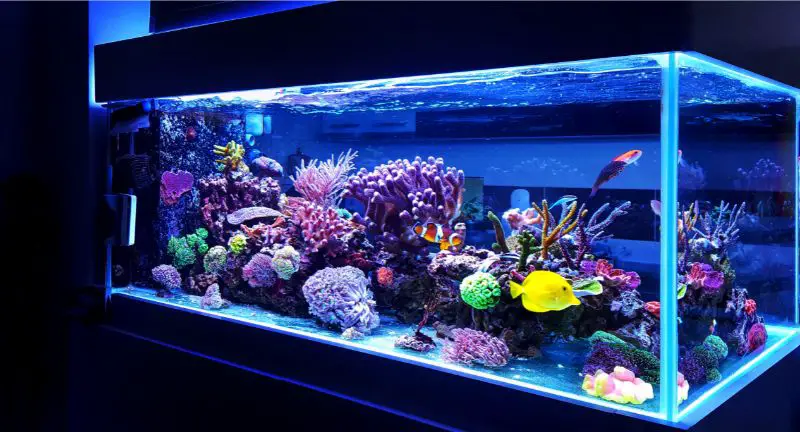
Aquariums tend to be completely submerged in water. For example, a fish tank filled with water, fish, and some aquatic plants is the perfect example of an aquarium. It is not the type of animal you choose to place in the water that makes it an Aquarium. It is because the enclosure is completely filled with water.
An Aquarium is an enclosure that serves as an artificial habitat for aquatic species. Although most people identify Aquariums with tropical fish, amphibians and huge marine creatures can also be housed in them.
What Is A Riparium?
Although a Riparium setup is not as commonly known, it is one the best setups for many that enjoy having lots of water but not 100% water as with an aquarium. This is because the root word ripa means a bank, as in a river bank or coastal. Ripariums, therefore, are more water-intensive with a small portion of land.
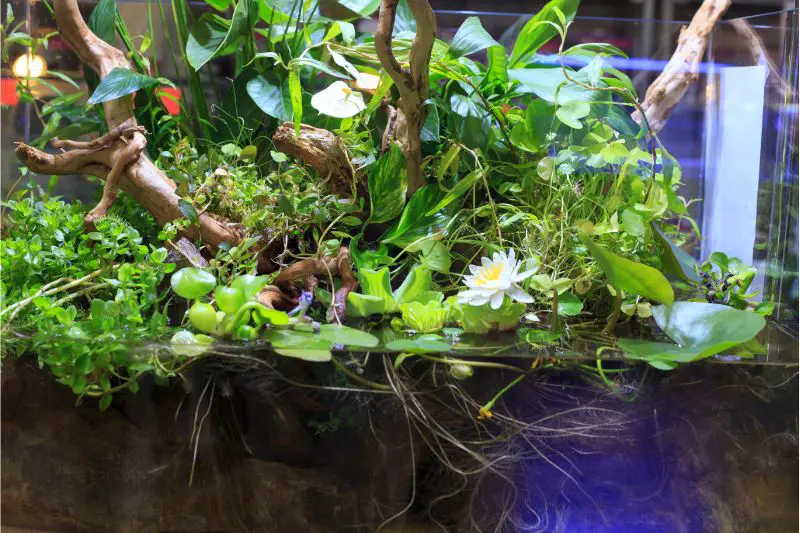
This can be considered the opposite of a Paludarium as there is 80% water, and the rest is land. These are usually great for people who like the Aquarium setup but want something different. Ripariums basically recreate habitats that can be found along the edges of ponds, rivers, etc. They can be thought of as Aquariums with a heavier plant component.
What Is A Solarium?
Solariums are interesting enclosures as the root word solar means sun. It may sound confusing, but a great example of this kind of Arium is a sunroom. There are virtually no plants, animals, etc., only the sun. Therefore, the setup is usually exposed to copious amounts of sunlight.

What Is An Oceanarium?
This type of Arium is usually considered a subset of Aquariums as it refers to the larger water creatures like sharks, whales, etc. A park where people typically go to see marine mammals, fish, etc., is known as an Oceanarium.
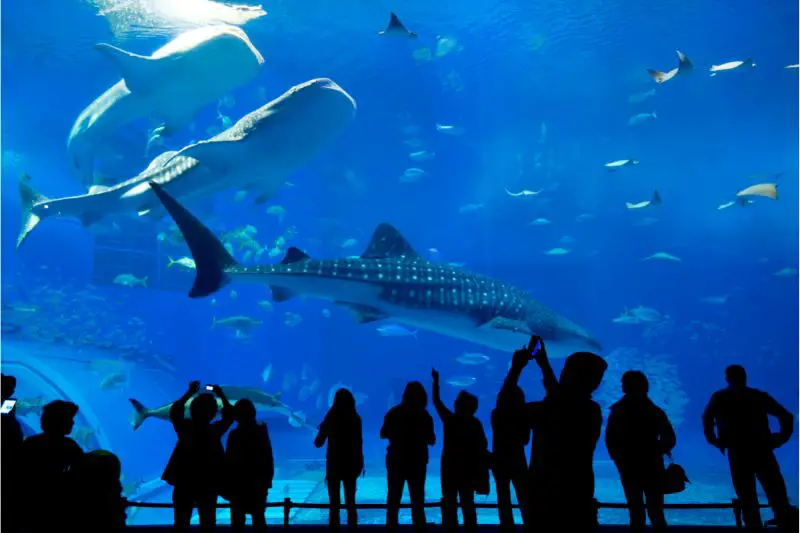
An Oceanarium can be a marine mammal park, like Marineland, or it can be somewhat on a larger scale, like the Lisbon Oceanarium, that depicts an ocean ecosystem with marine species, particularly giant ocean dwellers like sharks. A great example of this is the large aquarium-style tank seen in the movie Jurassic Park.
What Is A Formicarium?
A Formicarium is basically an ant farm. They usually consist of a kind of substrate, like sand, and a colony of ants that dig into that substrate and create their own ant colony. This type of Arium is usually popular with myrmecologists as it is a way for them to study ant behavior through a glass container.
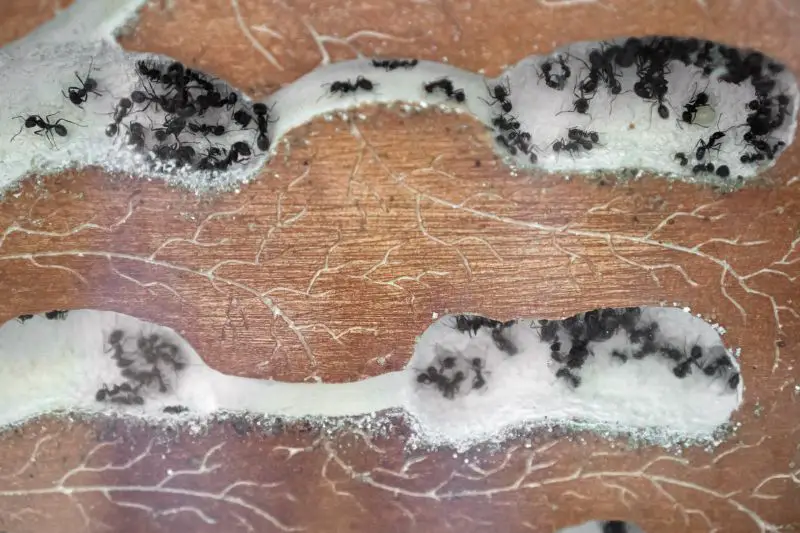
What Is An Orchidarium?
Orchidarium is a type of Arium that has improved the environmental conditions for many orchid kinds to grow robust and abundantly for commercial cultivation and conservation. Simply put, an Orchidarium is a form of Vivarium designed exclusively for orchid cultivation.
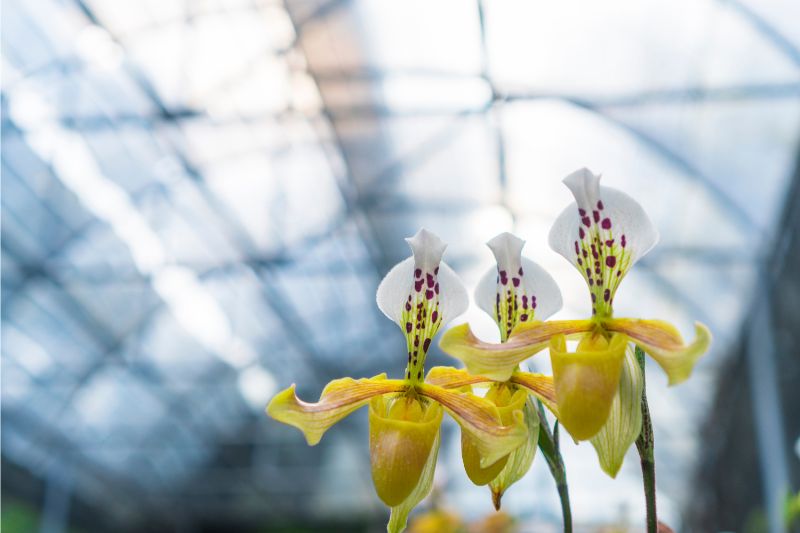
It could be a large space with climate control or a little ornamental glass container with lighting installed. Orchidariums give a chance to create a high humidity atmosphere in which all of the beauty and features of plants can be revealed.
What Is A Dolphinarium
The intent of this enclosure is pretty apparent as the root name states it all. There are Aquariums and subsets of Aquariums like Oceanariums. A Dolphinarium is another subset of an Aquarium. A Dolphinarium is basically a dolphin Aquarium.
The dolphins are typically kept in a large body of water, such as a big pool. Still, they are occasionally maintained in enclosures in the open sea for study or public performances. Some Dolphinariums consist of a single area where dolphins perform certain tricks for the public.
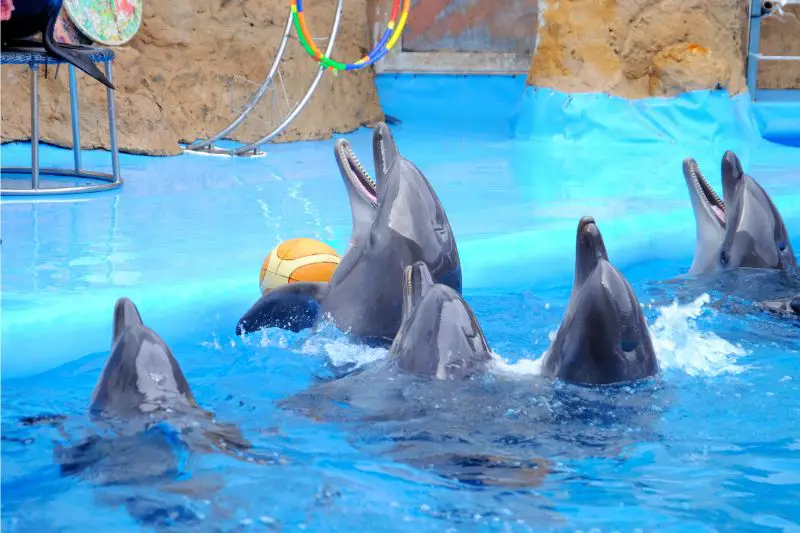
In contrast, others are part of bigger parks that include other animals and attractions, such as marine mammal parks. The bottlenose dolphin is the most popular dolphin species maintained at Dolphinariums because it is the easiest to train and has a long life expectancy in an enclosure.
What Is A Serpentarium?
Unlike a water or plant enclosure, a Serpentarium enclosure is where snakes are kept. Much like Dolphinarium, the root word of Serpentarium makes it clear that this type of Arium deals with snakes. The term Serpentarium derives from the Latin lexeme serpens, which means snake.
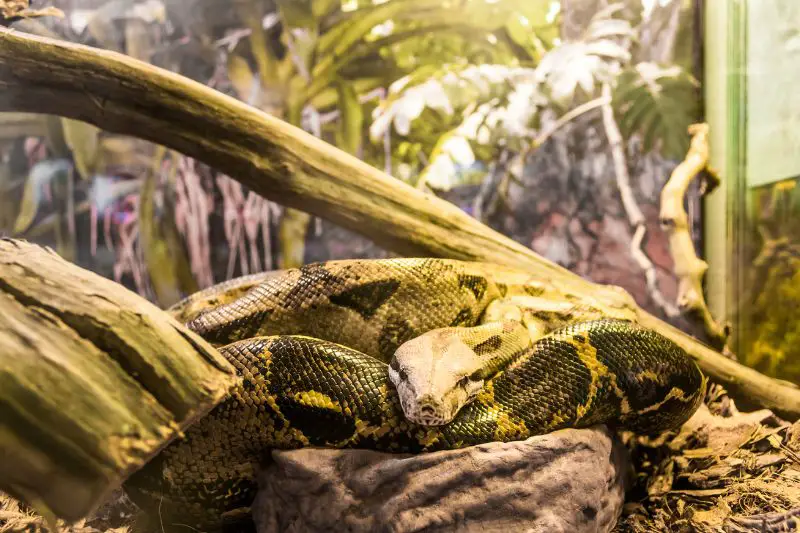
This type of enclosure produces perfect conditions for reptiles’ survival and reproduction, so snakes’ poison and skin can be utilized. Many Serpentariums collect snake venom for medical uses or for scientific purposes. Other Serpentariums are for exhibiting exotic snakes, so people can learn more about them.
What Is A Mossarium?
Like most Ariums, the root word describes what is enclosed. In this case, it is moss. Mossarium translates to a moss container. A Mossarium, often known as a Mossaria, is a transparent enclosure intended to cultivate moss solely. The moss usually grows as a clump of tiny, flowerless, rootless plants that grow together in clumps.
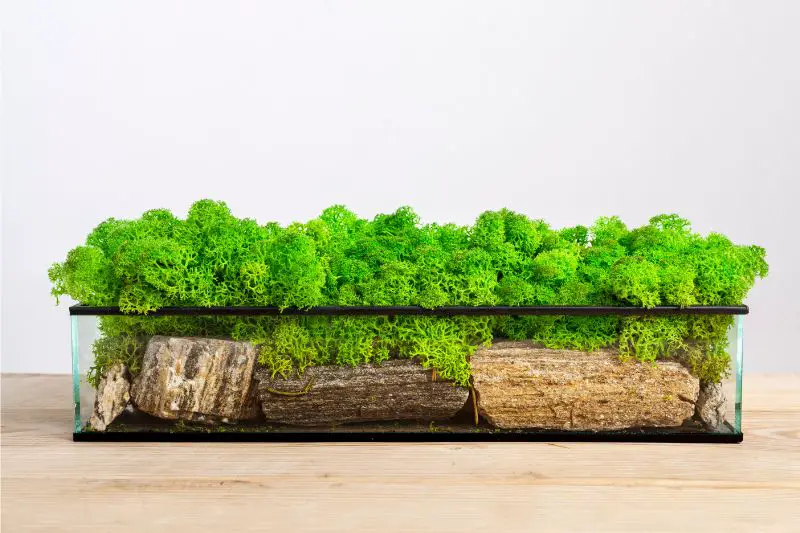
Mossaria is a term used to designate a variety of moss Terrariums. Other plants are rarely utilized in these enclosures. However, when they are incorporated, they are used minimally. This way, the spotlight is kept on the moss. Some plants that are typically sparsely included in a Mossarium are tropical plants.
What Is An Insectarium?
Much like a zoo houses different kinds of animals, an Insectarium is an enclosure built to raise various insects. These range from your usual creepy crawlies to beetles, worms, bees, and butterflies. Insects, species of insects, their habitats, and why they are vital are one of the reasons why there are Insectarium enclosures.
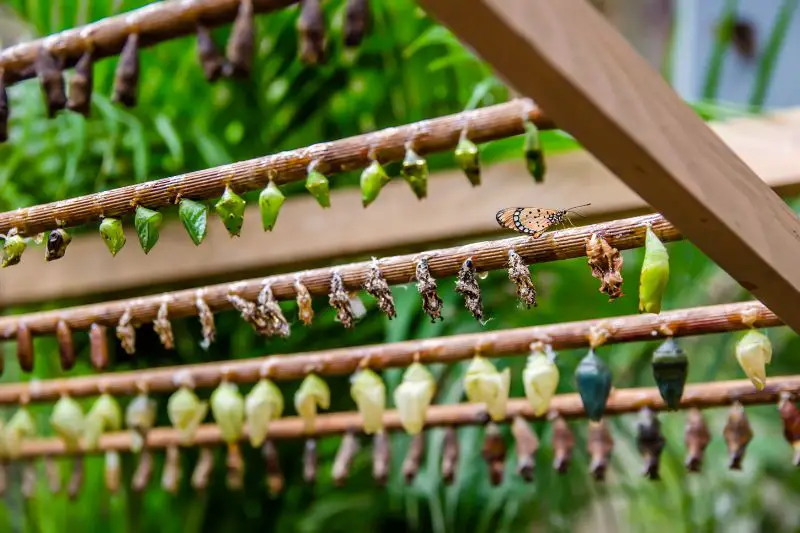
Various insects and similar arthropods play a crucial role in life. For example, it has been studied and documented how the earth would suffer if bees were to go extinct.
What is a Penguinarium?
A Penguinarium is a vivarium for Penguins and replicates their natural environment. Penguinariums are typically found in zoos or research centers around the world. The largest Penguinarium in the world can be found at the Detroit zoo.
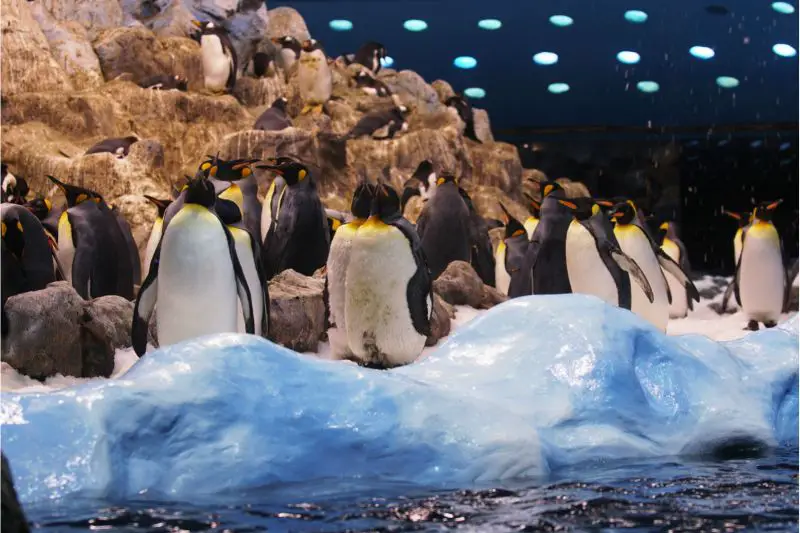
As penguins are typically found in colder climates, Penguinariums provide an opportunity for people to see these wonderful animals without having to freeze to death while traveling to the coldest parts of the Earth.
Conclusion
Interestingly, each Arium has a root word that describes the intent behind the type of enclosure it is. As the objectives are different for each Arium, the environmental conditions inside each type of enclosure will be slightly different. Many different Ariums become subsets of other Ariums, much like how Dolphinarium is a subset of Aquarium.

Meet Brad, the creator behind Vivarium Vibes, where his deep connection with nature and animals truly comes to life.
